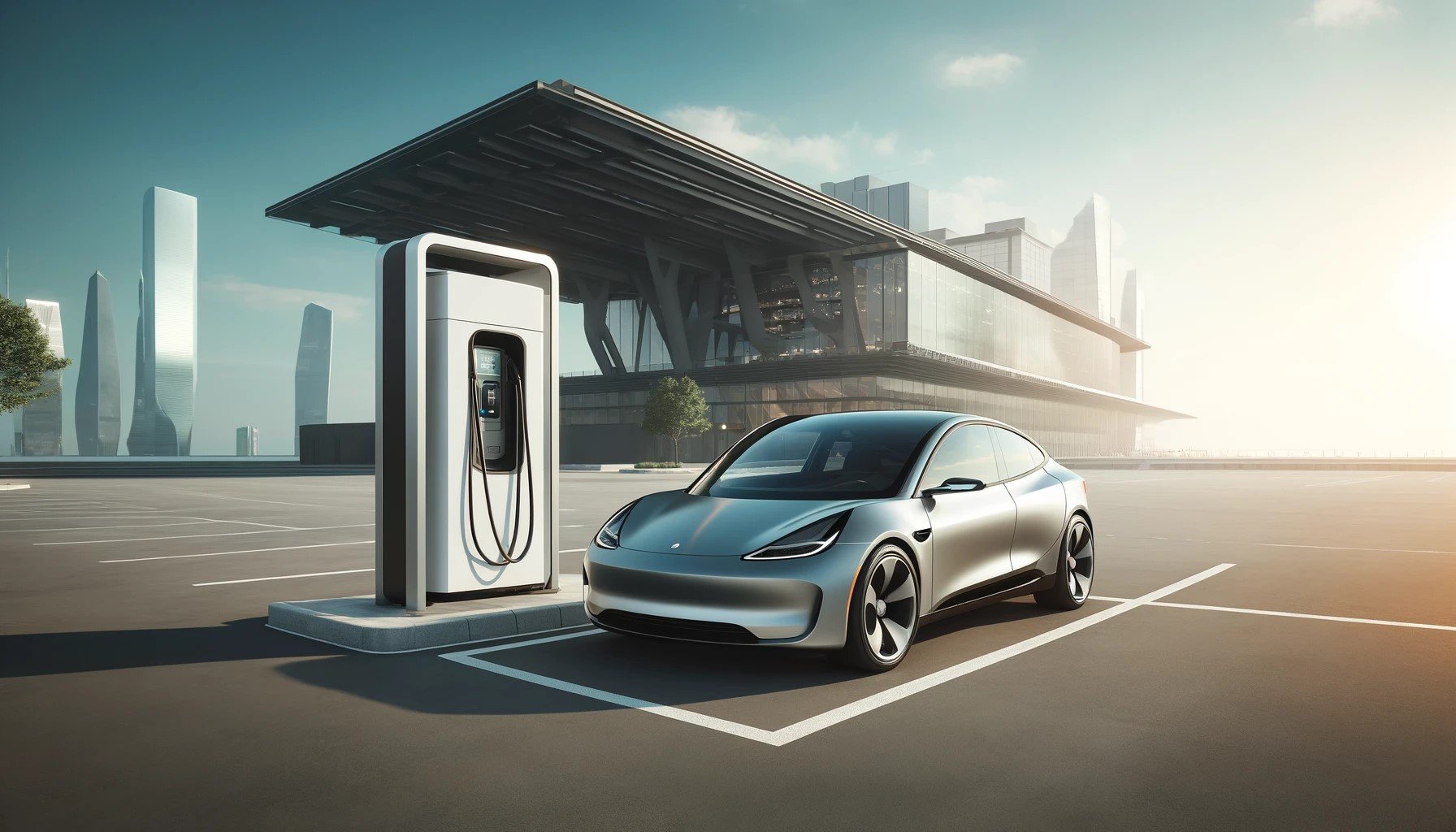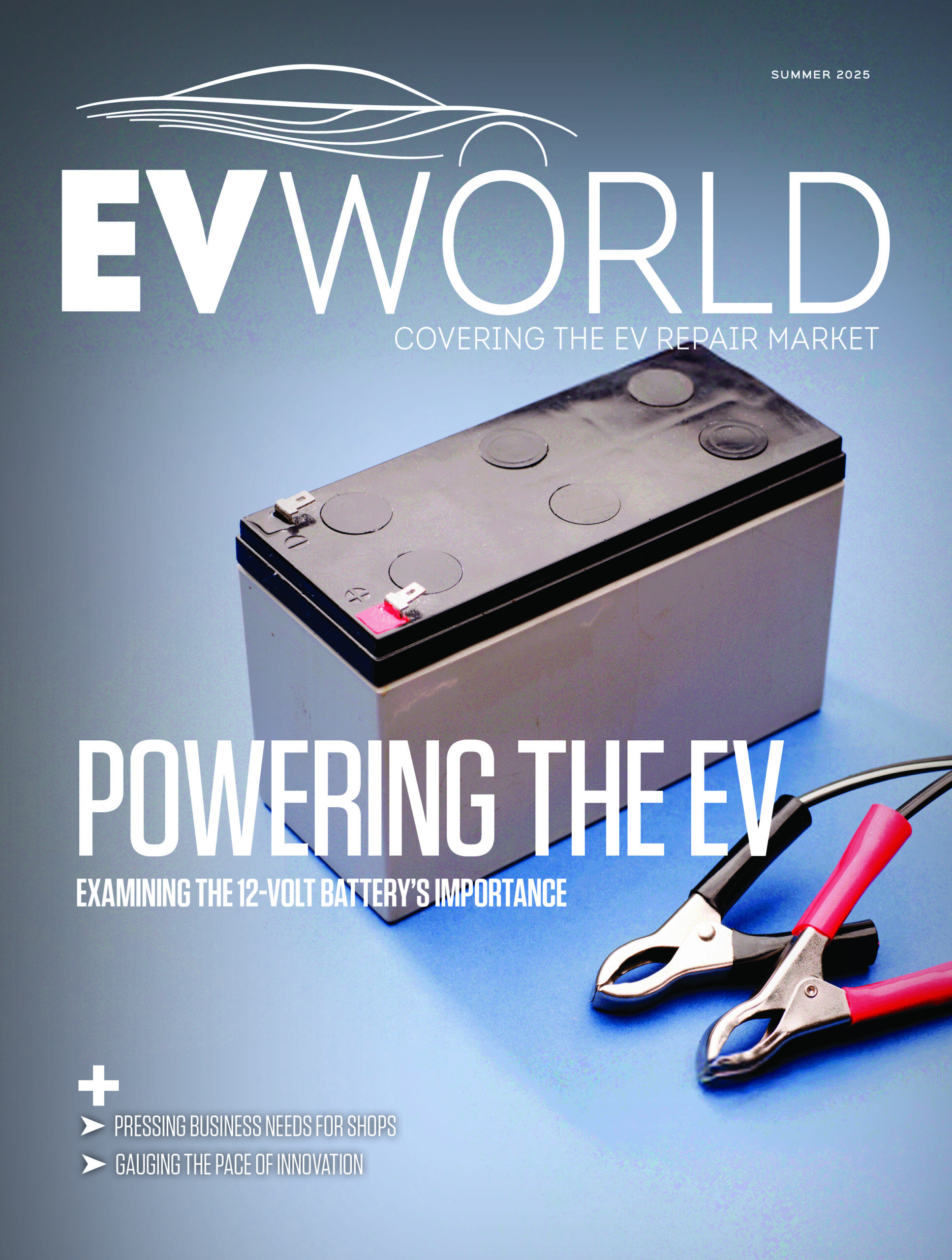
While growth is expected in electric vehicle sales, it won’t be at the same pace seen in recent years, new research suggested.
ABI Research reported that global EV sales are projected to grow by 21 per cent in 2024 and 19 per cent in 2025, marking a slowdown from the 31 per cent growth in 2023 and 60 per cent in 2022.
Dylan Khoo, an EV industry analyst at ABI, suggests that the decline is not due to the usual suspects of charger shortages and limited vehicle range, which are actually showing improvement.
Instead, the slowdown is attributed to other factors, particularly in key markets such as Germany and the United Kingdom. Both countries have seen a stagnation in EV growth primarily due to the withdrawal of government subsidies, which has heavily influenced the broader European narrative. Two-thirds of European countries actually reported higher growth rates in 2023 compared to the previous year.
In the United States, the market’s dependence on Tesla is proving unsustainable as the pool of early adopters shrinks and the industry shifts toward mass adoption.
Meanwhile, China is experiencing robust growth in its EV market, achieving a 36 per cent market share in 2023 with expectations to surpass 50 per cent by 2025. This growth is driven by companies like BYD, which have successfully reduced EV prices to compete with or even undercut internal combustion engine vehicles, independent of government incentives.
“China has set an example for the world to follow and demonstrated how to win over the public with EVs. If automakers can make a wide range of EVs at an attractive price, people will buy them,” Khoo said.
He further criticized the approach in Europe and North America, pointing out the lack of competitively priced EVs as a significant barrier to consumer adoption. He notes that this issue may persist until the latter half of the decade when new battery gigafactories and a broader range of models are expected to enter the market.
Related Posts
Comments
-
So many articles on the subject and still no one has mentioned the white elephant in the room, interest rates!!! Up until about 2 months ago, EVs commanded about a 9% rate. Now we see them down to maybe 5 or 6%. With mortgages renewing at almost double the rate and payment, so may are not eager or able to do those rates.
-
It is not interest rates. ICE vehicles have not had the same slow down as EVs. The issue is what is always has been and will be. EVs have a saturation point. They will never go above it for long and will never replace ICE vehicles. There sales will be hurt by hybrids as well, as people can deal with them in normal life situations better. Same as fake meat and purely vegan foods. There is a saturation point that will always limit growth no matter how much the government pushes it and provides subsidies for it. Simple answer is if the government has to pay you to buy it, it will not last.
-
-
I dont think a wide range of afforadable EV’s are the answer. Consumers would much prefer a fewer selection of servicable vehicles with the promise of afforabe longevity than a cheap throw-away-car. A long lasting servicable product is better for consumers finacial well being, better for the environment and global warming, and also better for my aftermarket business.Win ,Win, Win.
-
China is not an example for anything. China’s EV growth is not real when too many vehicles are registered and parked in a lot to improve sales numbers.













Leave a Reply